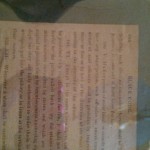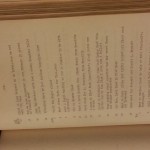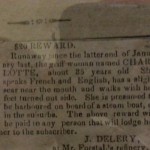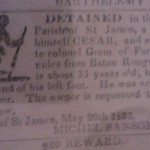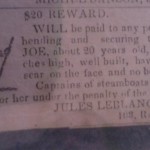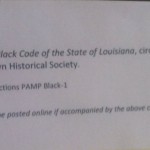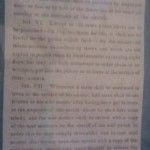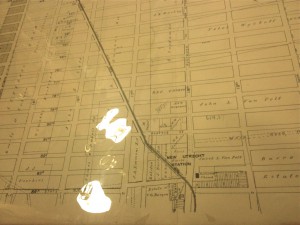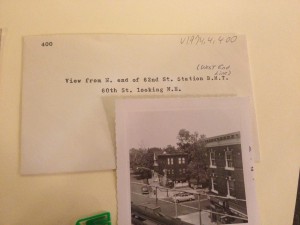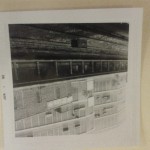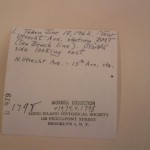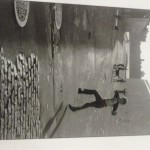The first ad, is from the Long Island Star newspaper, published on January 10th, 1822. The newspaper is from Brooklyn, NY, about an indentured boy between the ages of 11-12 named David Smith. Our first highlight was the description, “Indented colored boy.” We were confused on why they said indented, and later were informed that it might have been a slang term for “indentured.” The ad also made us wonder a lot on why it was posted in the first place. The Master doesn’t want the boy, and as a group, we came to an agreement that the only reason that he posted up the ad in the first place is the fact that the boy was not a slave, and was an indenture, a servant with a contract that will expire after a certain amount of years and will later be free, he might be responsible for any negative actions that David Smith did while he ran away. He was described as a “great rogue,” and that the master tried to give the papers to the boy’s father but he refused to accept them. That also raised the question, since the boy’s father is colored as well, is he free or not? and will that affect the outcome on the privilage of accepting those papers.
The second article we got was an ad from Louisiana Slave Pamphlet, from 1835. It was about a runaway, Henry, which was about 18 years old, and was described as “middle sized, swelled cheeks, silky locks, black skin, well built, and speaks English and French.” Last seen on April 27th, carrying a basket of vegetables at the market. And it was supposed that he had fled on a steam boat. There was a $100 reward on whomever found and returned him. We noticed this ad was a bit different from the first one because this one had an icon, had a reward and the boy was described in a lot more detail than the David was.
In the ad, the boy resembles the lost song (either Buglar or Howards) of Sethe in the novel “Beloved.” Because in the ad, it says a rogue boy weas lurking in Brooklyn and owner couldn’t handle him.
In “Runaway Slaves,” Louisvilla Journal has published about a runaway slaves profile detail that says, he might go to Nashville where his mother lives as a free person.
Comparing to the novel “Beloved” and “Runaway Slaves,” the mother mentioned in Runaway slaves resembles Baby Suggs and her son Halle. Because in the novel “Beloved” Halle was out of the seen most of the time and he really takes care of his mother. He may be sold and reached Alabama but scaped. In “Runaway Slaves” the newspaper ad mentioned that a man named Jim or Armstead ran away with a horse, probably he will run to his mother where his many acquintance lived.


